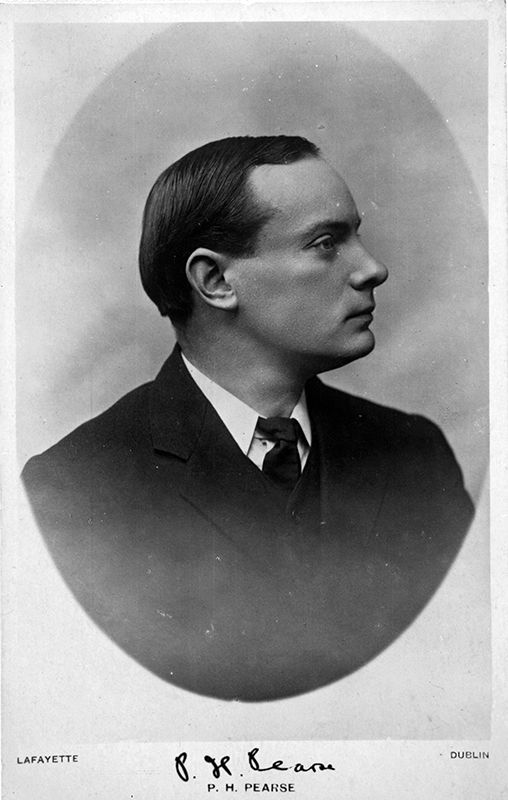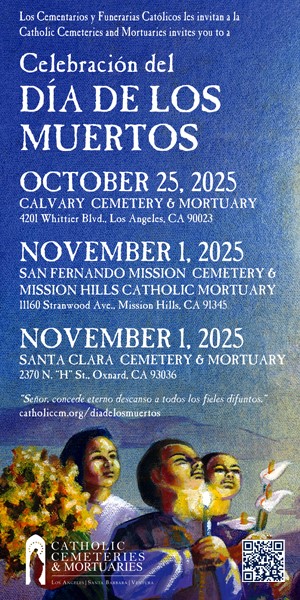“Easter Rising.”
Doesn’t ring a bell?
Don’t feel bad.
For starters, the Rising happened in 1916 — right in the middle of World War I. So it was a sideshow to the man-made cataclysm that would consume 17 million people. And it only lasted six days during that Easter week, claiming 485 mostly civilian lives in Dublin.
Then there was the matter of those scheming rebels. They came mostly from two fringe groups, the rabid nationalist Irish Volunteers and the Irish Citizen Brotherhood, a small band of socialists. And all they manage to do was occupy a few public buildings in the capital, including the main post office.
So it wasn’t exactly a popular revolution. While the Irish had suffered under England’s mighty yolk for centuries, many still believed that eventually independence would come peacefully from Britannia. The British Empire would see the injustice as well as the need for constitutional reform.
The Rising, in short, was a “dismal failure,” according to Irish opinion writer Fintan O’Toole.
Remembrance
Auxiliary Bishop David G. O’Connell, of course, knew about the Easter Rising growing up in County Cork, way down there in the south.
“I was born in 1953, 37 years later; but, yes, I heard about it,” he says. “And every Easter we wore an Easter lily pinned to our coat we would get at the church door to remember 1916. Green, white and gold for the Irish flag. It was always that remembrance of the uprising every Easter Sunday. And my mother and father would talk a lot about ‘the Troubles,’ as they called them after the uprising.”
But it was only much later he’d learn about the convoluted reaction his Irish ancestors, including clergymen, would have to it.
“There wasn’t much reaction around the whole country during the Rising itself, except people were a bit dismayed that these guys had tried to cause all this terrible destruction and death in order to get the British out,” he says. “It was condemned by many of the bishops in the country.
“Because people had thought that ‘Well, maybe we could get freedom and autonomy by constitutional means, and by working through the government we would have home rule eventually.’ Who knows if we would or wouldn’t. But there was terrible trouble brewing in the country.”
Amy Woodson-Boulton, an associate professor of history at Loyola Marymount University, agrees about the Easter Rising not being all that popular at first. She calls the rebels a “fringe movement,” because so many Irishmen had volunteered to fight with Britain against the Germans.
“There was a real sense that people fighting the British at this time really were traitors,” she says. “There was really this sense of ‘Hey, wait a minute. What are you doing? We’re in the middle of a war.’”
Woodson-Boulton has a special academic interest in the historical entanglement of Britain and Ireland, She points out how the Rising echoed an idea of the times. “It follows a pattern of revolutionary thought in Europe that many revolutionaries in the 19th century had — the idea if you just started the rebellion, everybody would share your beliefs and would rise up with you,” she explains. “I mean, there was this sense that if you just led the charge, all these unhappy people would rise up, too.”
Another idea around the turn of the century was the whole notion of “blood sacrifice.” Patrick Pearse and other Rising leaders took to heart that it was truly heroic to die for one’s country. Nothing was more noble than the ultimate sacrifice for nationalism.
‘Blood sacrifice’
And blood sacrifice was exactly what the 15 leaders got when they were executed by firing squad and hanging less than a month after the weeklong revolt was put down. There was no judge and jury. Their act was seen simply as treason. They were, after all, traitors during a war.
“So when Britain summarily executed without trial the leaders of the Rising, it was deeply shocking,” says Woodson-Boulton. “That did not happen in Britain. Now from the British point of view, these were guys coming from the front where execution for desertion was punishable by death. So they were bringing a battlefield mentality to the problem.
“In part it was the violence of the executions,” she notes. “But it was also the fact that the British completely undermined their whole rhetoric of justification for rule in Ireland and for [promised] negotiating home rule through constitutional means. Ireland was one of the very few areas that was a colony of another European power in an age of increasing nationalism in the 19th and 20th centuries. And then the question was ‘How do you create a nation state? Do you do it through constitutional means or through violent revolution?’”
Bishop O’Connell knows about that conundrum. “When the leaders were all just executed without mercy, really, then people began to feel that this was totally unjust and a new spirit was born,” he says. “A spirit of ‘We want our freedom from this oppressive government and this oppressive regime.’ And it brought back all the memories of the injustice that had been done to the Irish people over 500 years. So that’s when the guerilla warfare began to happen around the country against the British outposts and everything: 1916 to 1921.”
His mother, Joan, always talked about those hard years. She talked about the cruelty of the “Black and Tans.” The stories were these men who didn’t wear regular military uniforms were recruited from England’s prisons. But most were, in fact, battle-scarred WWI veterans. Both accounts, however, come together about how badly the Black and Tans treated the Irish, and that it was a terrible, terrible time to live.
Meanwhile after the Rising, the executed leaders soon became martyrs. Not religious figures, mind you, but martyrs of the cause.
Unintended consequence
“It was the actual executions,” Finbar Hill says that led the Irish people to take up their steadfast struggle against the British Empire. “They were effectively secretly court marshalled, so we’re not sure what actually happened. And were actually coldly shot within a month of the Rising.”
The Irish consul general likes to talk about the “unintended consequences” of political acts. “And it was Lt.-General John Maxwell who took the decision to take these guys out,” he goes on. “And it was the unintended consequence that led to the Rising. There was worldwide condemnation, particularly for the last guy who was executed, who was James Connolly. He was sitting in a chair because he had been wounded in the Rising. He was sitting in a chair and was shot.”
Bishop O’Connell’s mother told him how the Black and Tans would come along some children sitting on the side of the road and start shooting at them. “Just indiscriminately,” he says, shaking his head.
The bishop adds, “There’s still very much ambivalence about the Rising. Some people think, ‘Well, we could have had our freedom anyway.’ And others people, ‘No, it was necessary to do this, even though it was tragic and innocent lives were lost. It was necessary to do this to throw off the yolk of oppression that we had all those years.’”
LMU professor Woodson-Bouton agrees people in Ireland remain conflicted about the Rising. “Because it’s an unresolved issue in a certain way, because Northern Ireland still exists as part of Britain and there’s still Catholics and Protestants in Northern Ireland who are trying to work together,” she points out. “Interestingly because of demographic shifts, Catholics are on the way to now becoming a majority in Northern Ireland. And Britain has promised that eventually there will be a referendum.
“So it’s still unclear,” she says with a sigh, “what the eventual trajectory will be.”

